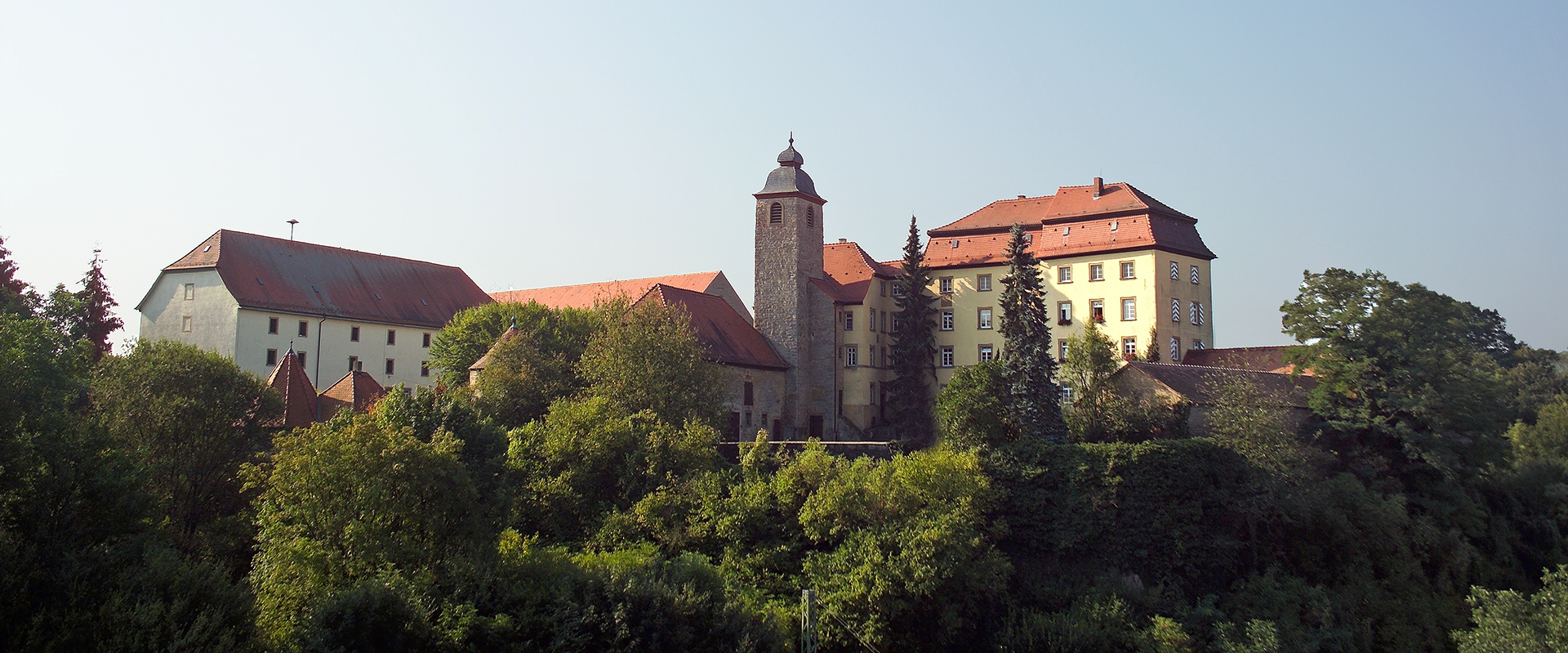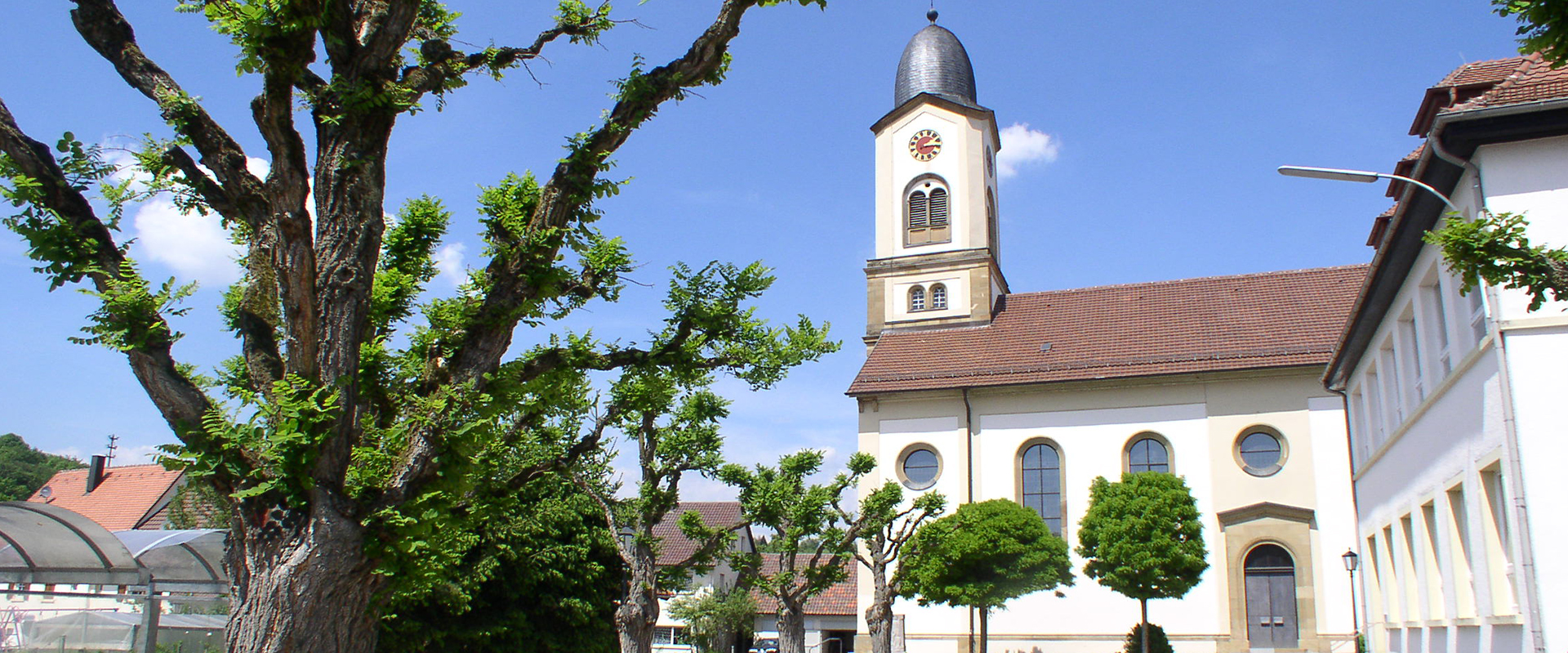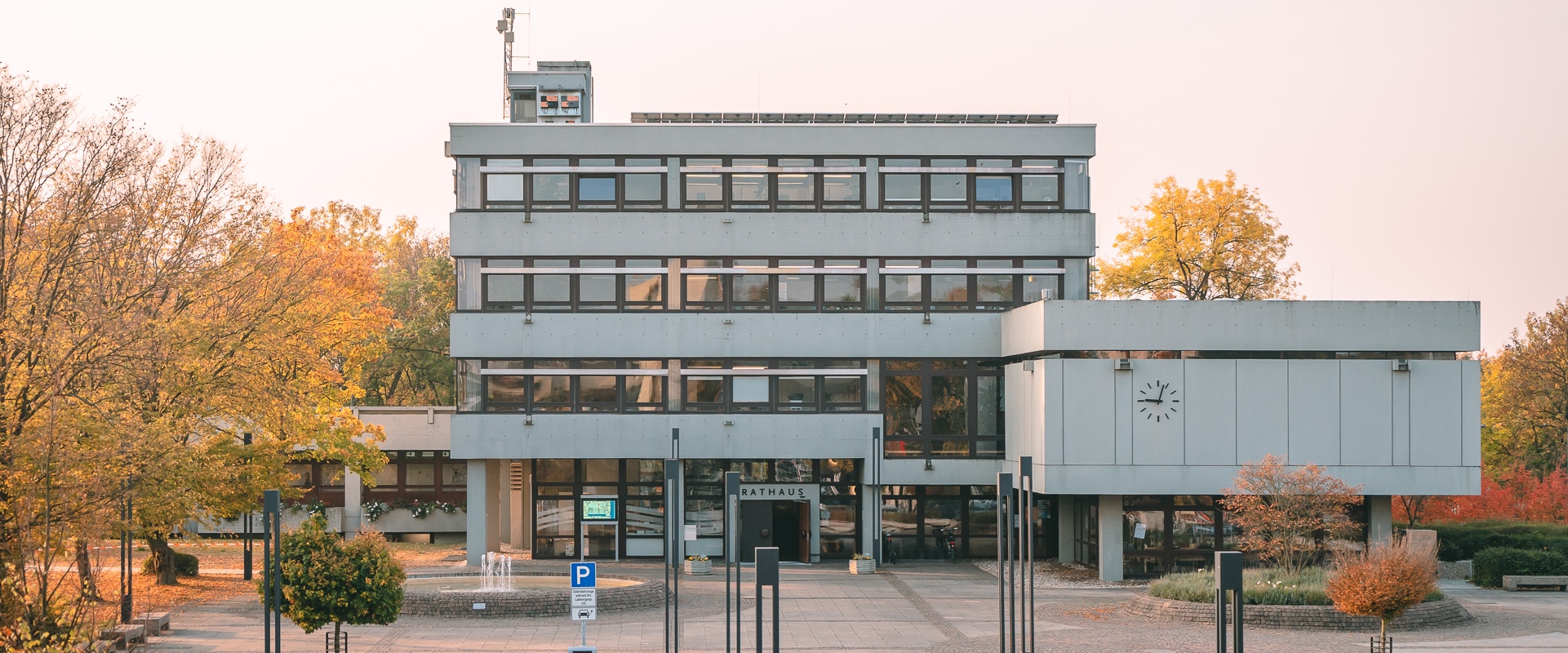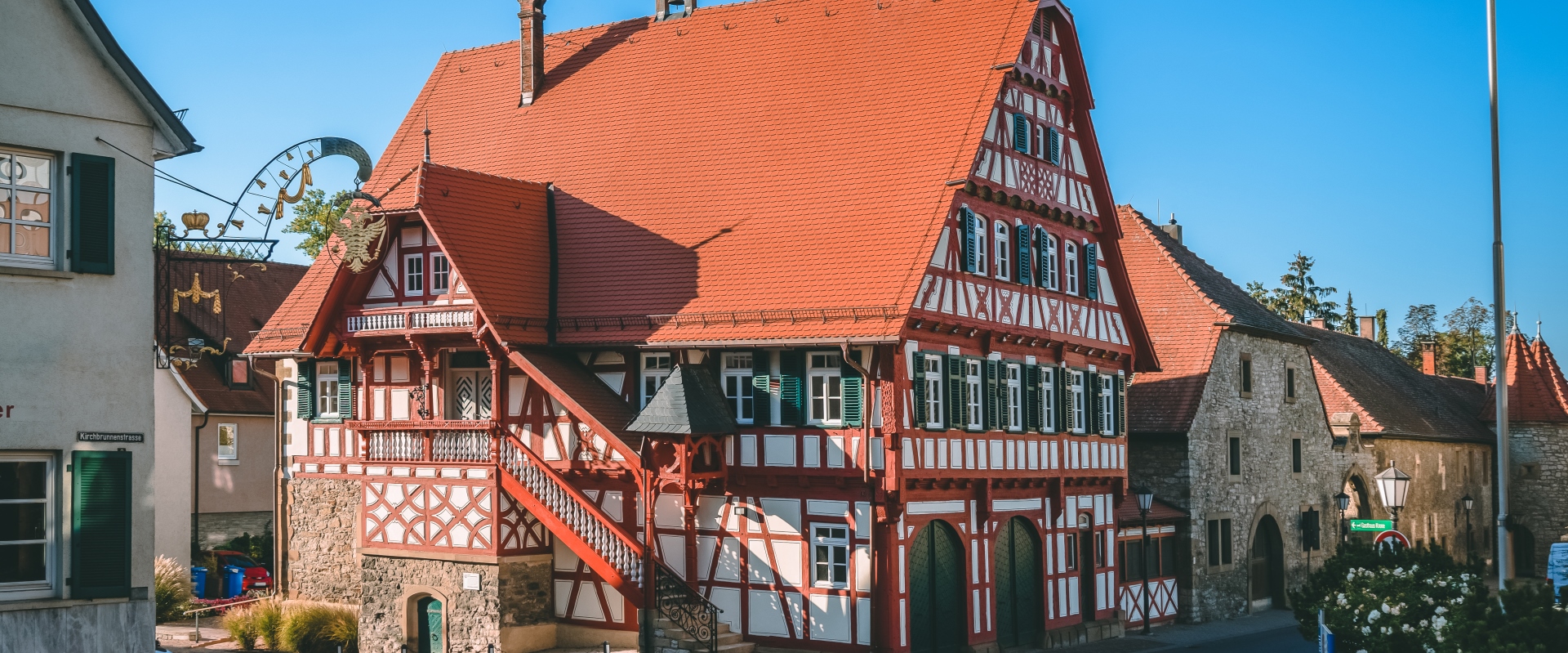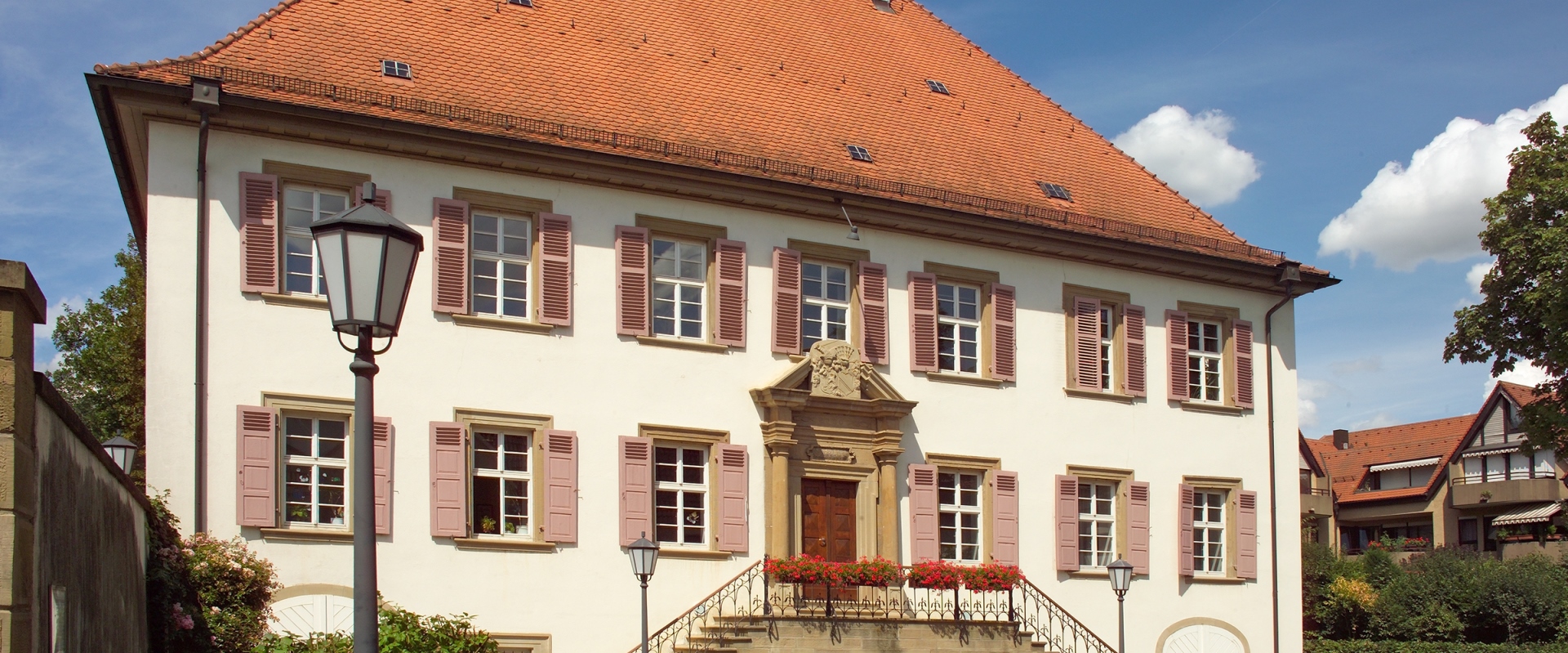In 1944, the so-called Armaments Staff of the German Reich planned to repurpose the Kochendorf salt mine as an underground armaments factory. The existing access shaft leading to the chambers 180 meters deep near the Neckar River was considered too vulnerable to potential destruction during an air raid. To mitigate this risk, an additional shaft was deepened on the Lindenberg, approximately 170 meters from this site. Upon completion, the hoisting cage was to be protected against air raids by a bunker with walls several meters thick. No exit was planned at the Lindenberg site; instead, the exit was to be constructed in the sheltered valley at this location.
To achieve this, a horizontal tunnel - referred to as the "cross tunnel" or "drift" - was driven into the mountain - "preliminary drift variant". This tunnel was intended to connect to the shaft on the Lindenberg and facilitate the transportation of goods in and out of the underground armament facility. A narrow-gauge railway was planned to handle transport to and from the nearby train station, and tracks for this railway were already being laid during the final weeks of the war.
Construction of the cross tunnel began on October 1, 1944, under the supervision of Vereinigte Untertag- und Schachtbau GmbH – Veruschacht - from Essen, a subsidiary of the construction company Hochtief AG.
By October 1944, Veruschacht employed 153 workers, including 70 foreign forced laborers. At the beginning of October 1944, the company additionally rented 10 prisoners from the KZ Kochendorf camp, who were guarded by two SS soldiers during their work. By the end of the month, Veruschacht increased the number of prisoners to 20. It is highly likely that the KZ prisoners were forced to undertake the heavy excavation work in the tunnel, although no reports of their activities have survived.
By the end of the war, the tunnel, which was intended to extend 161 meters into the mountain, remained unfinished. How far the tunnel was actually completed is unknown. The interior of the tunnel was reinforced with wooden beams to prevent collapse. After the war, local residents salvaged these beams as firewood from the abandoned tunnel, which led to its gradual collapse. Some sinkholes were later filled in, but hollow spaces in the mountain are still suspected to exist today.


